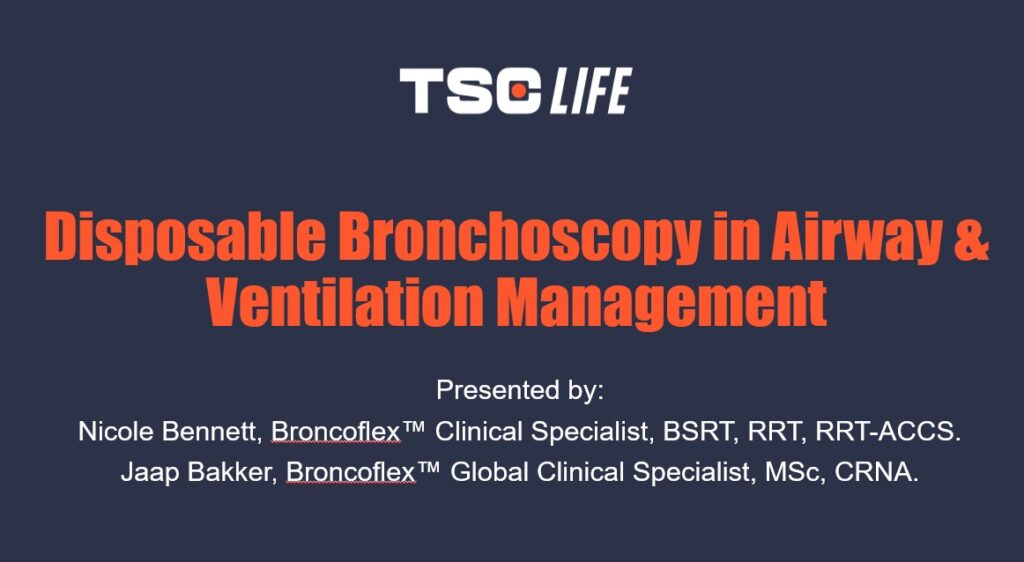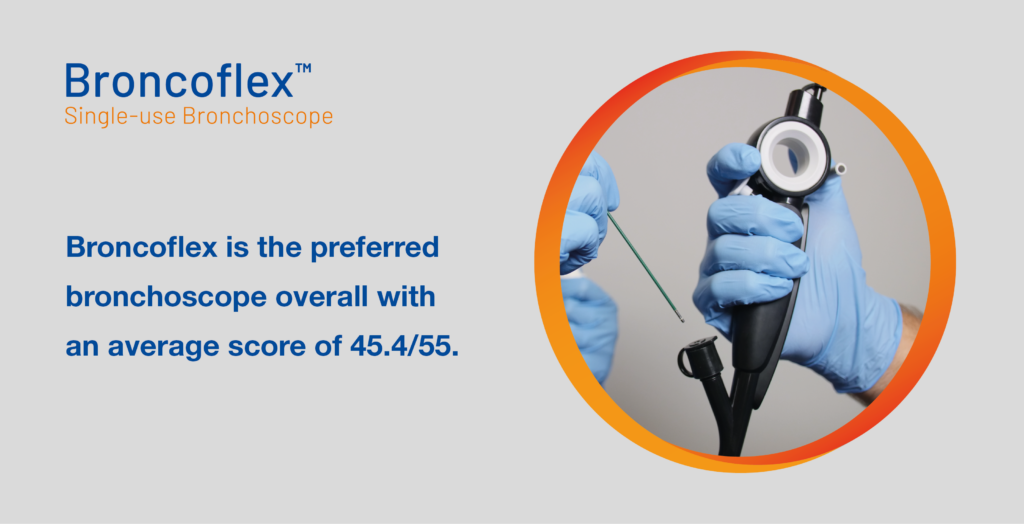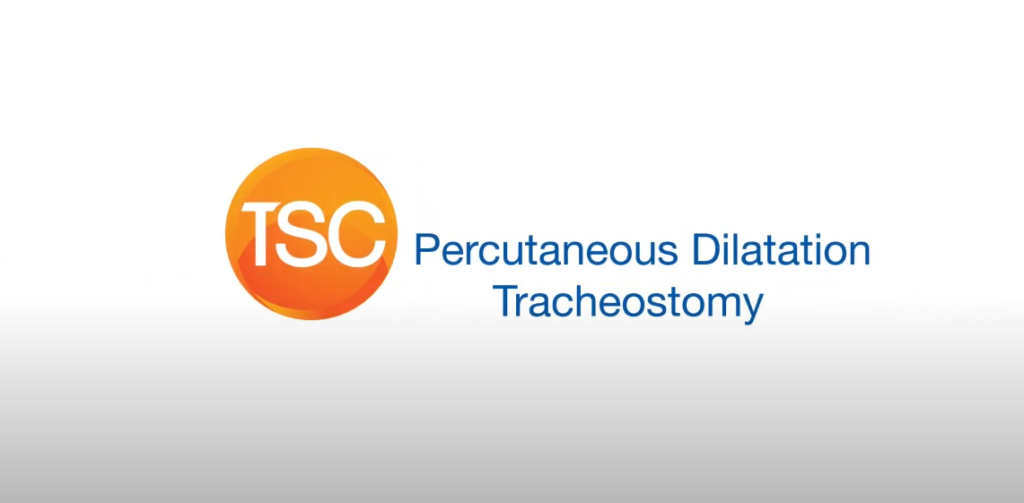Rationale
The use of Single-Use Flexible Bronchoscopes (SUFBs) is increasing in Intensive Care settings because of the ease of setup, lack of the need for cleaning, and to reduce the risk of infections. Since SUFBs are commonly used for airway inspection and clearance of secretions, their suction capabilities in relation to the outer diameters are important. We conducted a bench study to assess the suction capacity of the currently available SUFBs at various fluid viscosities.
Methods
• A pseudo-mucus substance with different viscosities was prepared, ranging from 10 cP to 1,000 cP. A custom-made Smart Scale system to measure the mass of pseudomucus that could be suctioned by a bronchoscope in a standardized 30-second timeframe was utilized. This system provided a precise and consistent method for evaluating the suction capabilities of different bronchoscopes.
• Suction pressures of -100 mmHg, -200 mmHg, and -360 mmHg were examined, with the suction pressure being confirmed using a manometer before each bronchoscope test. Notably, the hospital wall outlets typically generate a suction pressure of about -200 mmHg.
• Regular and slim models of Ambu aScope 4, TSC Life Broncoflex, and Olympus (Vathin), and Boston Scientific Exalt B were compared for this study. Each SUFB was tested four times, and the mean value of the mass suctioned was recorded.
Large bronchoscopes were not compared in this study because of limitation imposed by the size of endotracheal tubes through which the bronchoscopies are performed and the potential for auto-PEEP and barotrauma.1
Results





